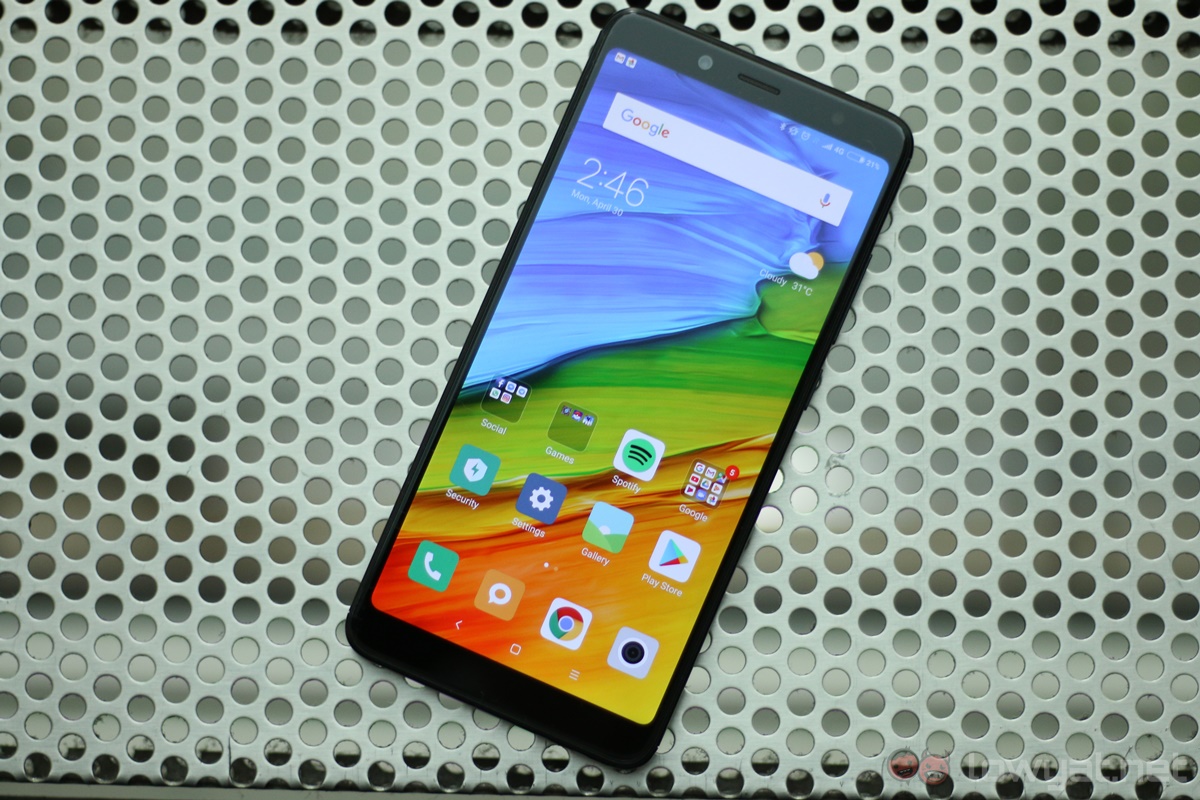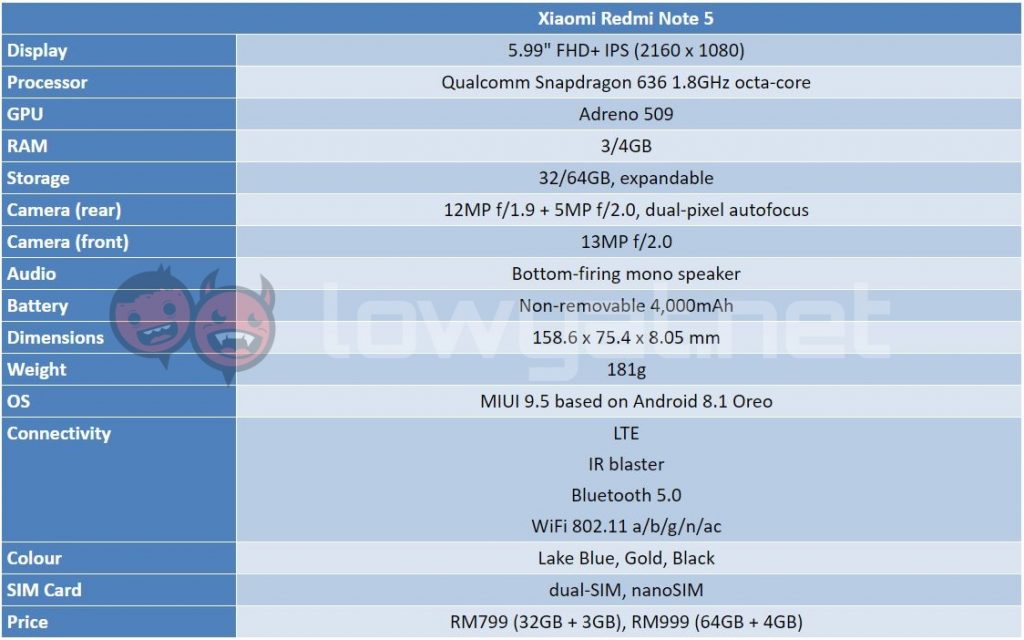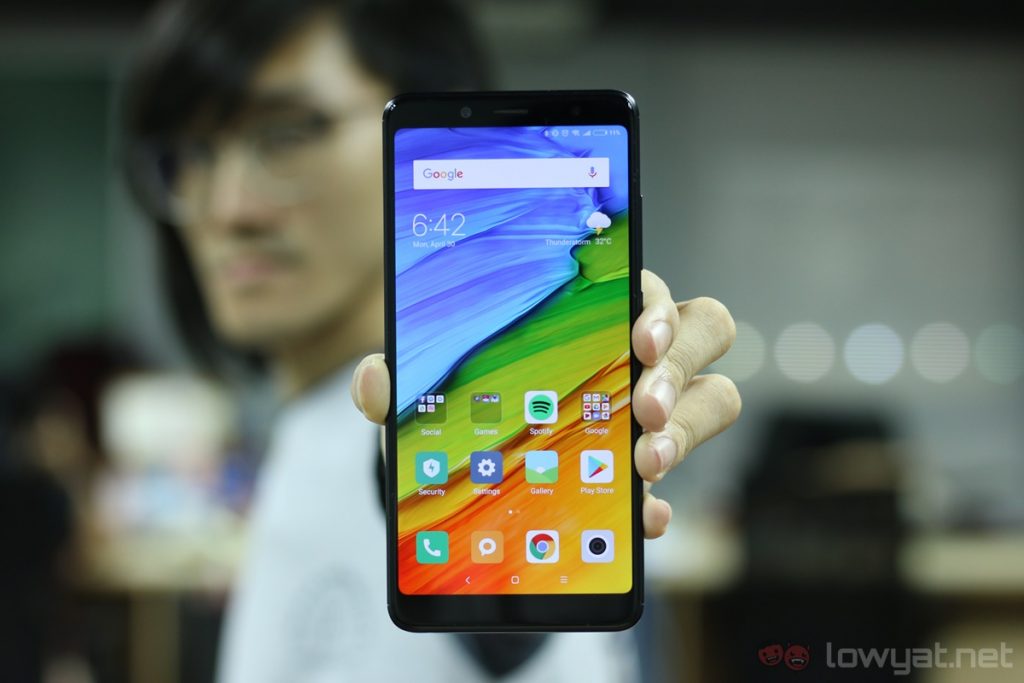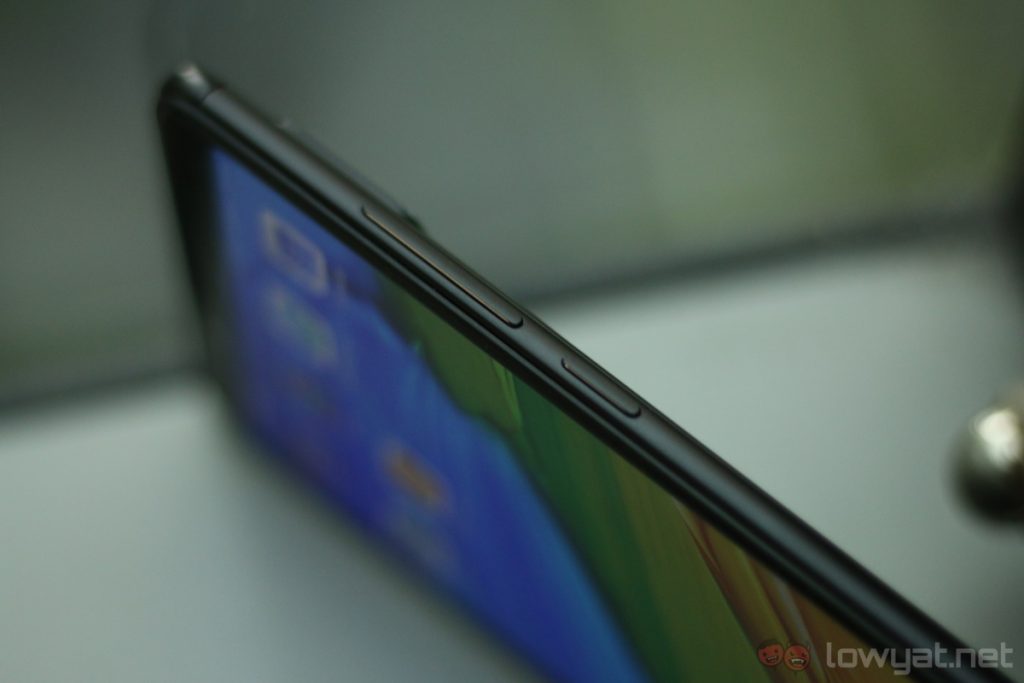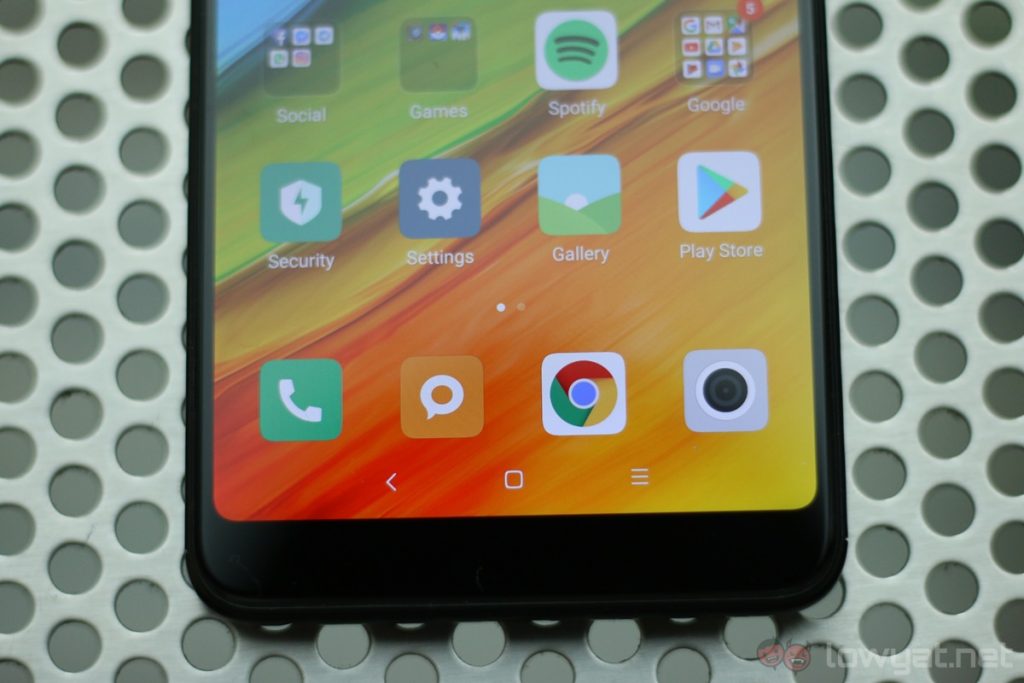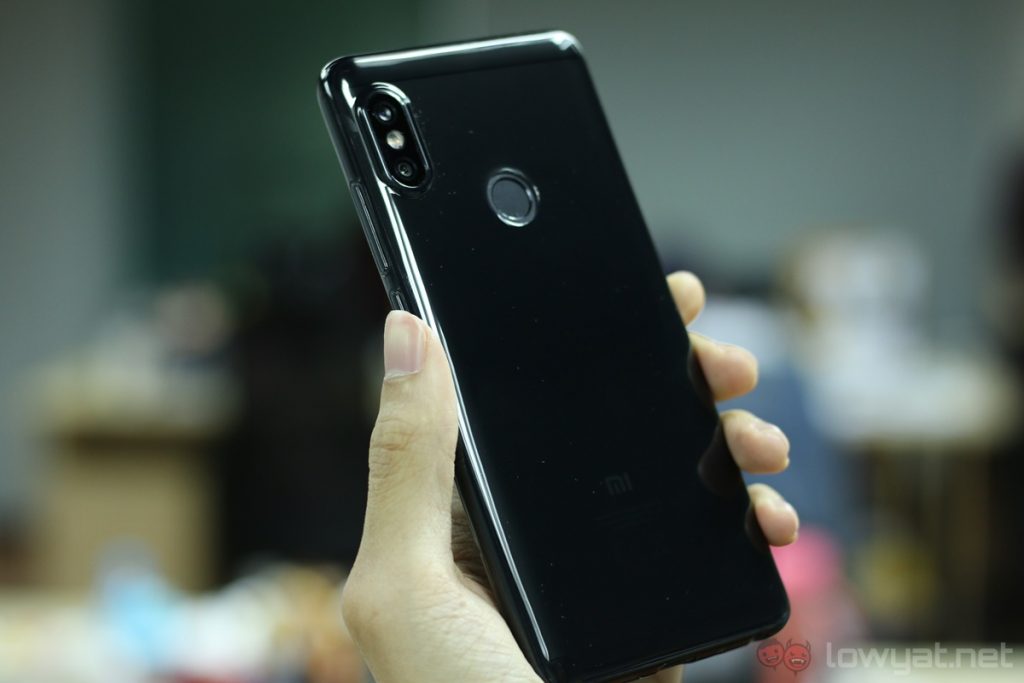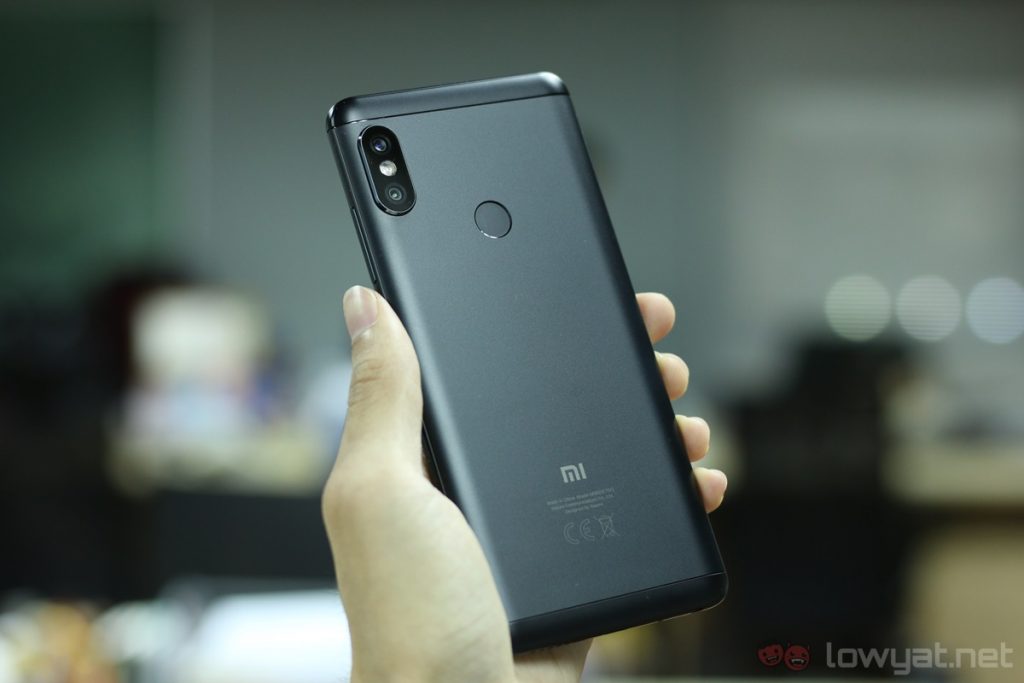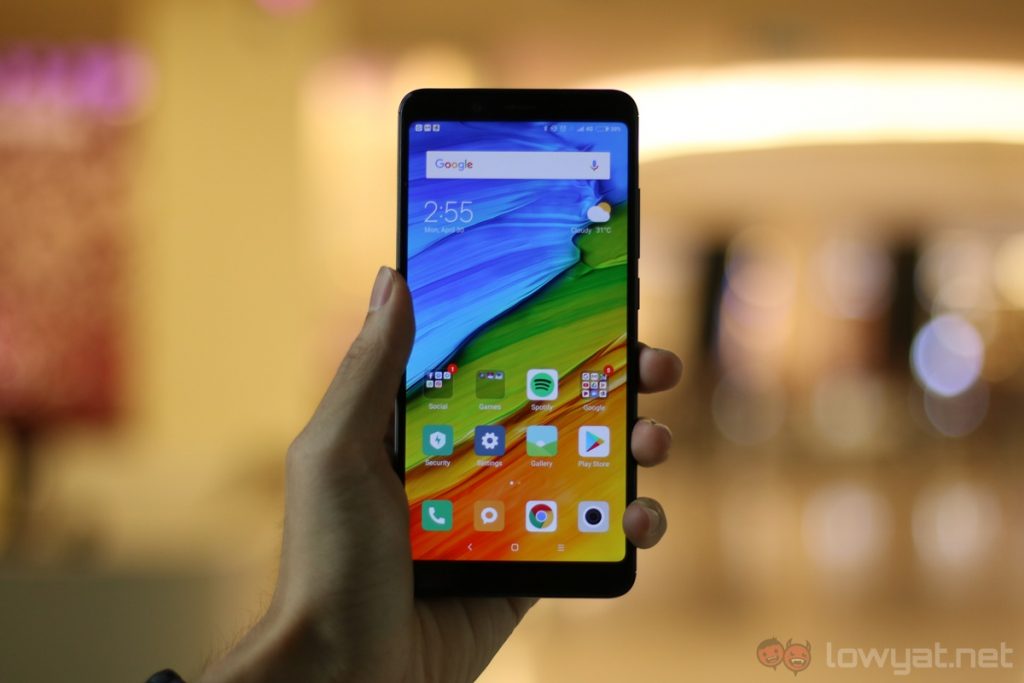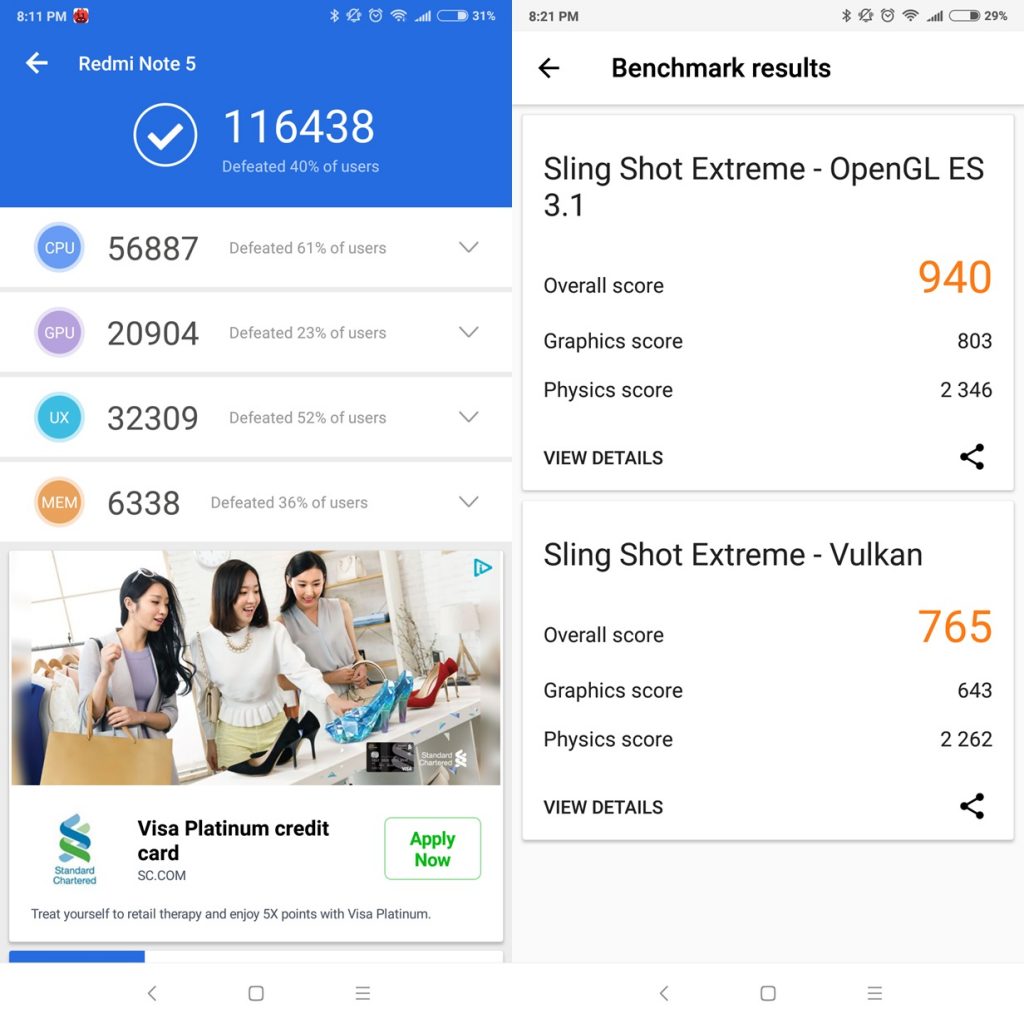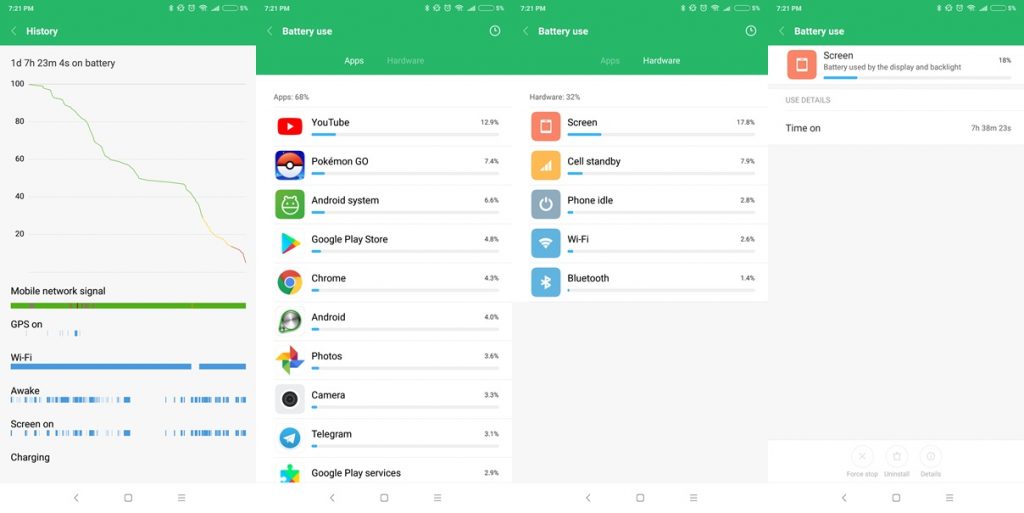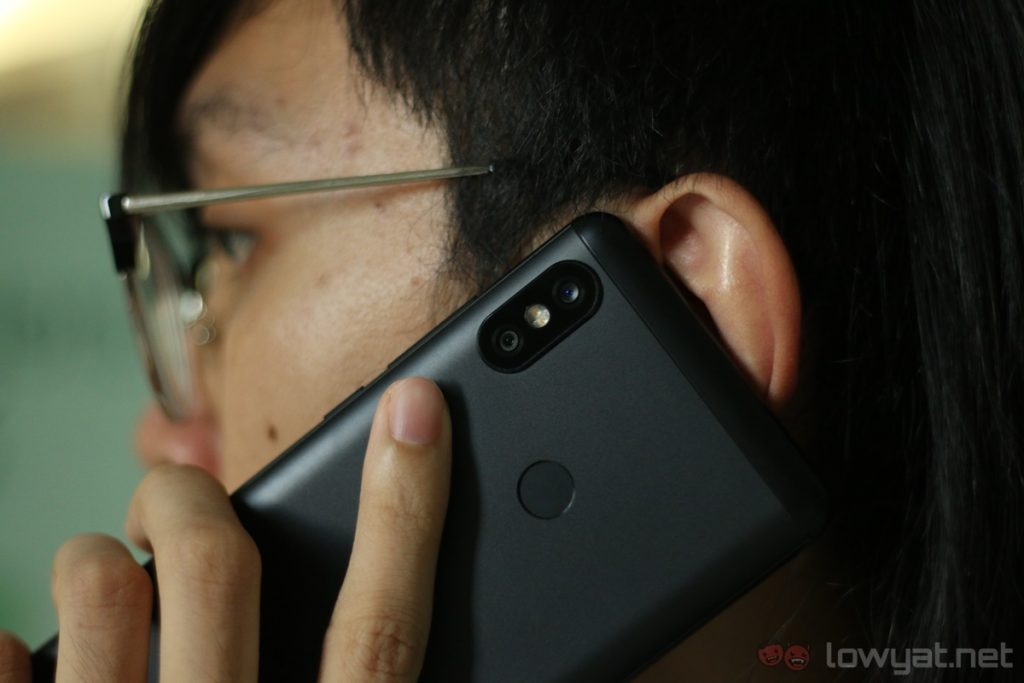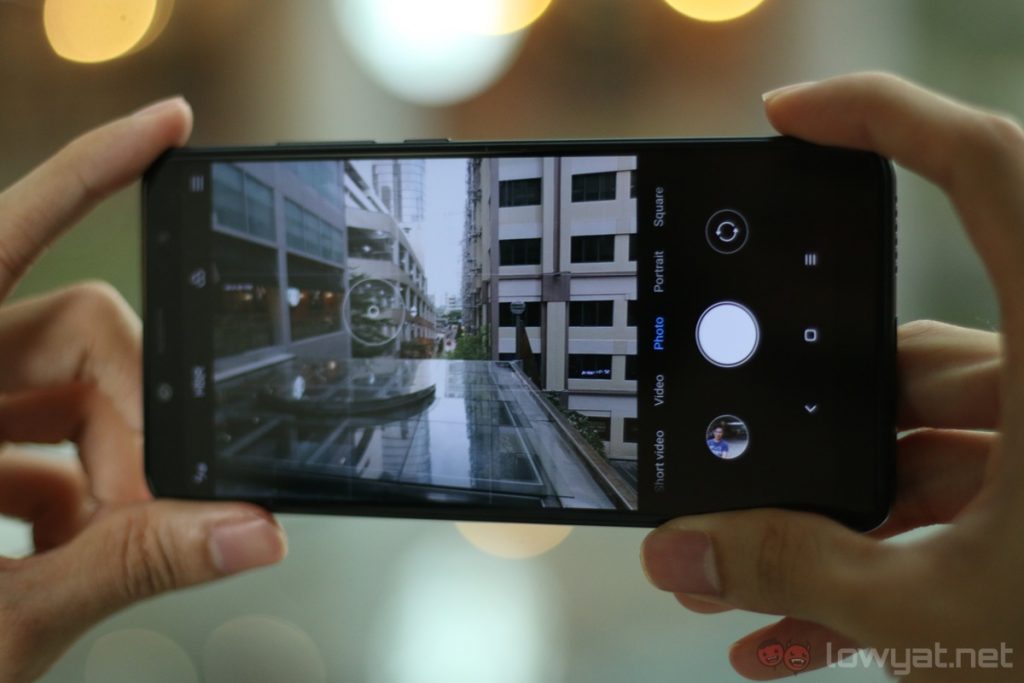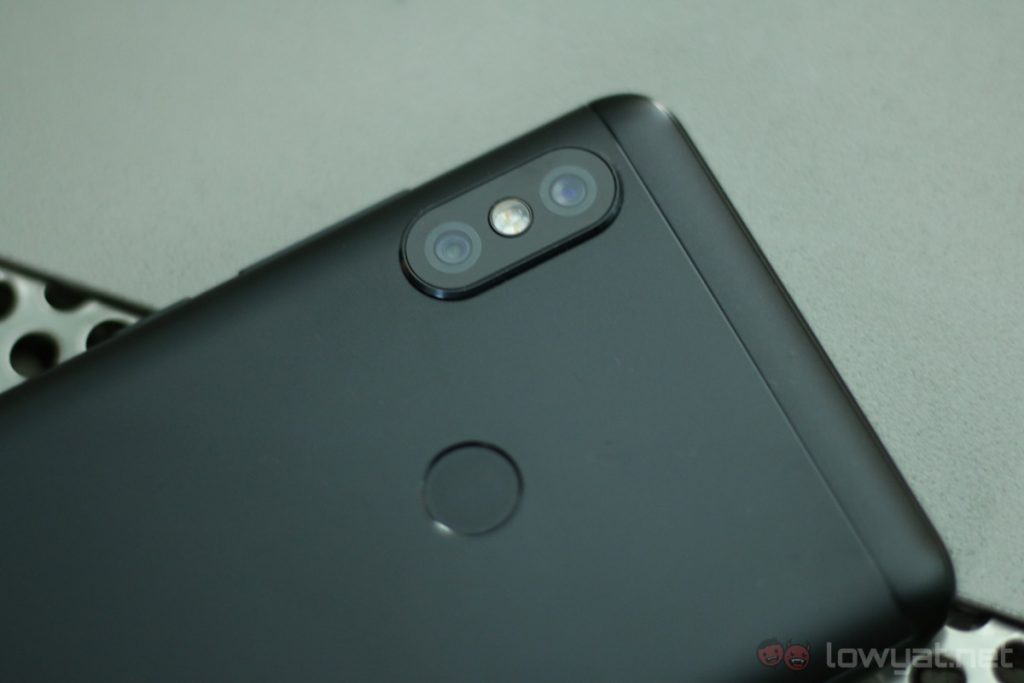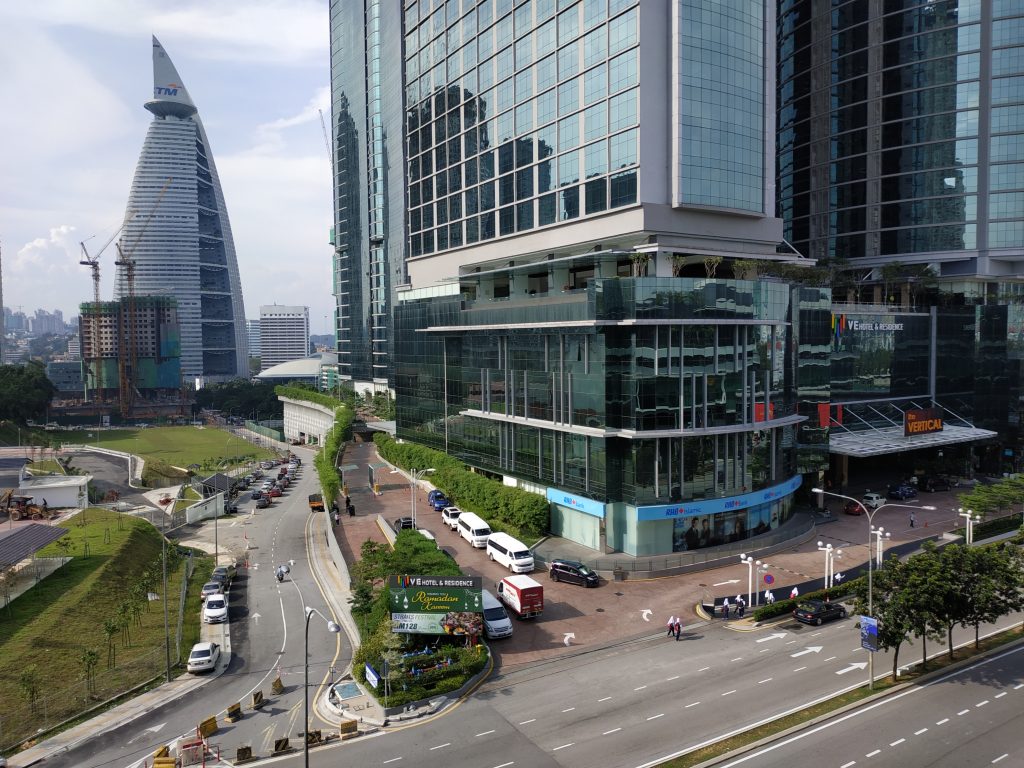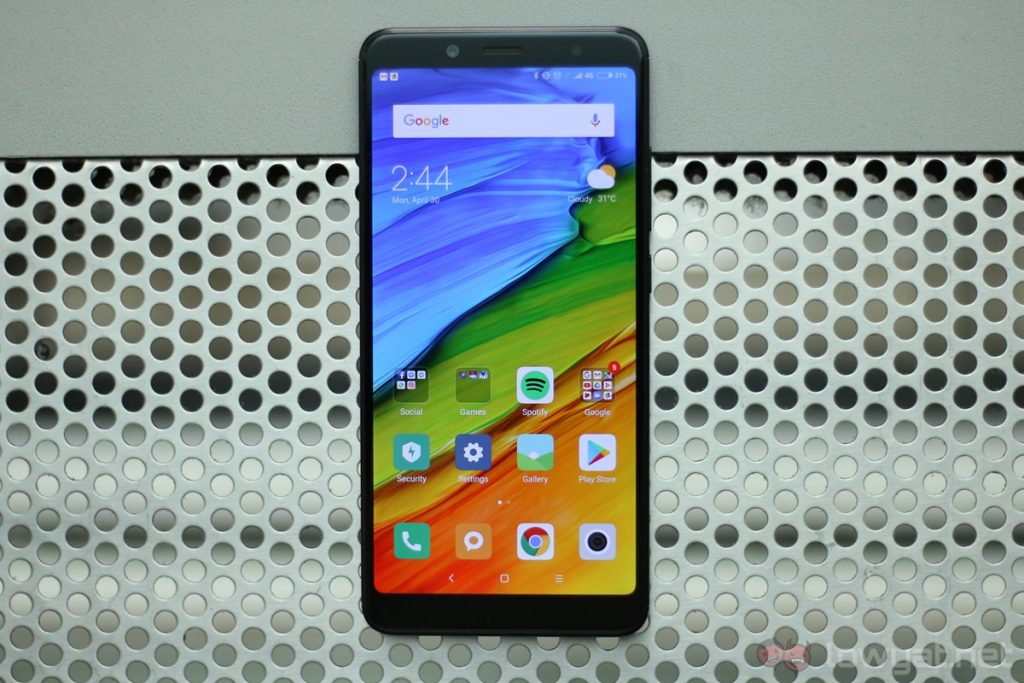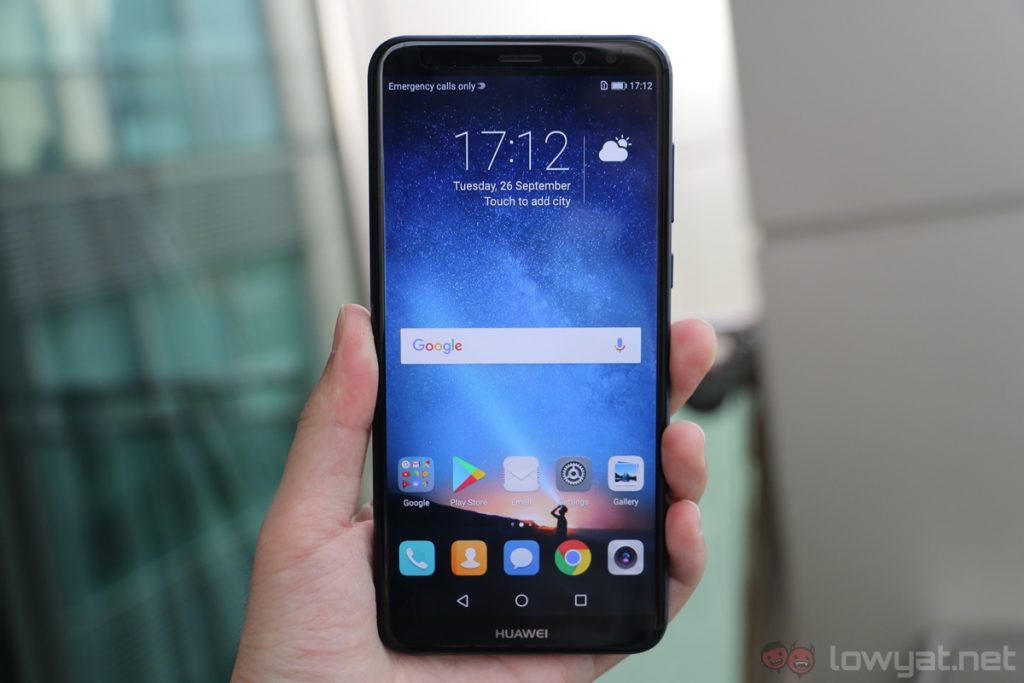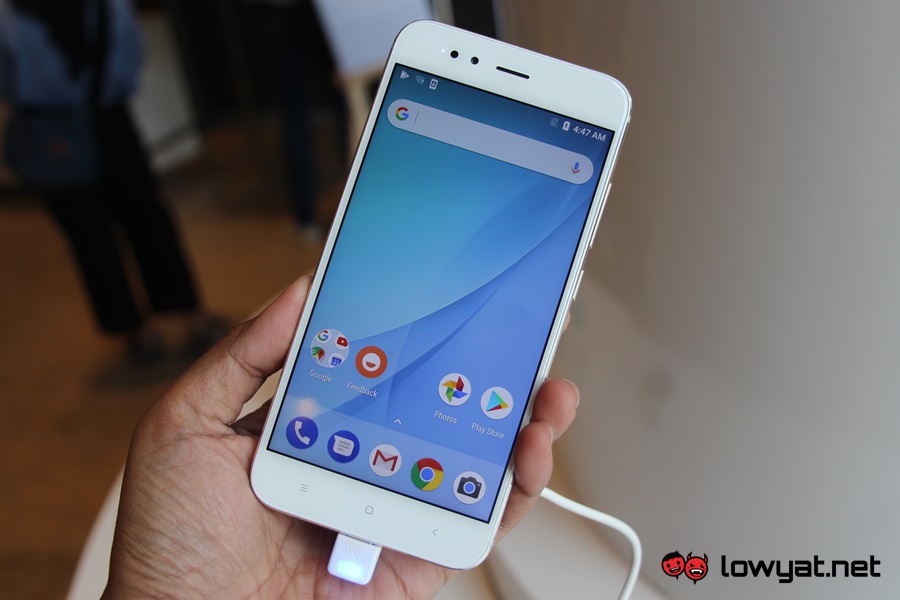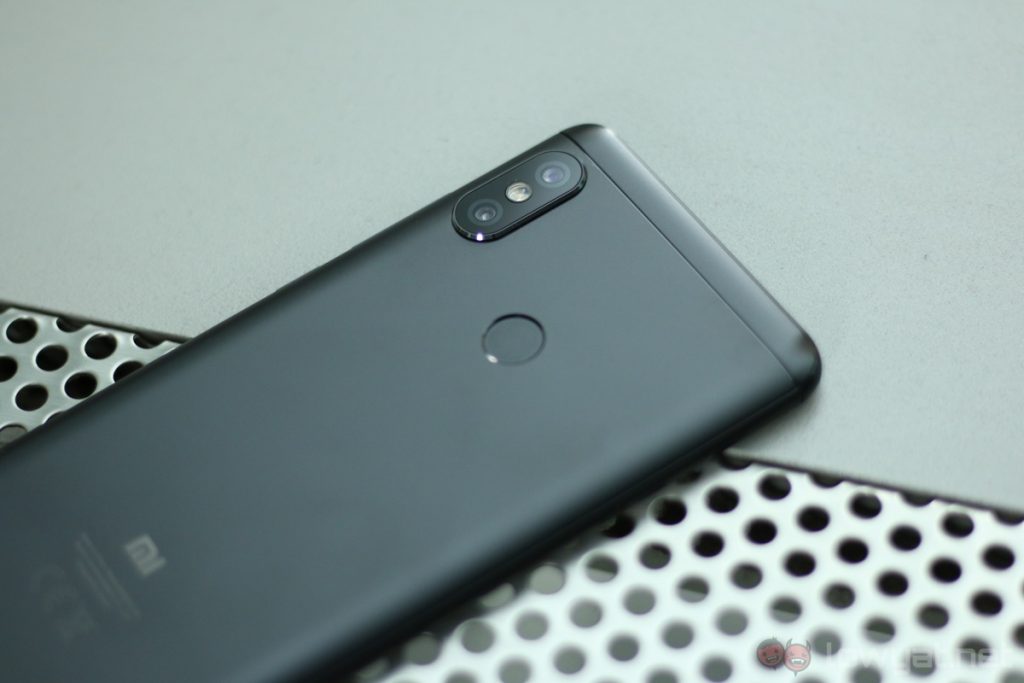Xiaomi’s lineup of Redmi Note smartphones are very, very good mid-range devices, but there are certain areas that had to be sacrificed to make them as affordable as they are. But the latest entry in the series, the Xiaomi Redmi Note 5, changes this quite a bit.
Not only does it have a much more capable camera system now, it still retains the series’ most desirable trait: excellent value for money. If you’re looking for the absolute best budget-friendly smartphone, the Redmi Note 5 easily fits the bill – it really is Xiaomi’s most impressive sub-RM1,000 phone yet.
Specifications
The Redmi Note 5 is the first Snapdragon 636 smartphone to be available in Malaysia. While the chipset isn’t the best Qualcomm has to offer, it is plenty capable. It comes with the same semi-custom Kryo 260 cores found in the higher-end Snapdragon 660 SoC – though at lower clock speeds – which offer very respectable performance.
Chipset aside, the Redmi Note 5’s 12MP + 5MP dual-camera system is also one of the main highlights of the budget-friendly phone. Basically, it’s a really good camera system – we’ll get into this in detail further down this review.
Design
In comparison to its predecessor, the Redmi Note 5 is definitely a more modern-looking smartphone. This is mostly thanks to its 18:9 display with minimal bezels and metal chassis. Despite packing a huge 4,000mAh battery, the phone feels surprisingly thin too, and it is without a doubt a solid, well-built smartphone.
Sleek, modern-looking smartphone.
However, the Redmi Note 5’s top and bottom bezels…are not as small as its competition. Yes, it is still a well-designed smartphone, but thinner bezels would’ve made the phone that much sleeker.
Another thing worth pointing out is the Redmi Note 5’s metal back, which is…very slippery. In fact, this is the same issue I had with its predecessor. I almost dropped the phone a couple of times throughout the review period because of this, and it really made me want to put on the case bundled with the phone.
Premium, but slippery metal back.
But let’s move on to something more positive: the fingerprint sensor. It is largely accurate, it is fast, and it is well-positioned too. I can effortlessly reach up to the sensor with my index finger, and it’s definitely one of the better fingerprint sensors in the market.
Design is not the Redmi Note 5’s best feature, but that’s not exactly a bad thing. It has a utilitarian, minimalist design that works just fine, and in this price range, that’s really all that matters.
Now let’s get to the Redmi Note 5’s good stuff: everything else.
User Experience
Xiaomi’s MIUI software had its quirks in the past, but this is largely addressed on MIUI 9.5 on the Redmi Note 5. I can finally expand notifications with a simple downward swipe (I had to swipe down with two fingers or pinch to zoom to do this in the past), and I love the fact that I can swipe down on the home screen to pull down the notification shade – not many phones allow you to do this now.
Greatly improved software experience, but MIUI still needs some work.
But unfortunately, there are still some issues with MIUI 9.5. Certain apps – such as Telegram – don’t show their notifications on the lock screen, and sames goes for heads-up notifications. The only consolation is the fact that this only affects a handful of apps: more popular apps like WhatsApp don’t have these issues.
Then again, this does highlight the need for Xiaomi to further improve how MIUI handle notifications.
When it comes to performance, the Redmi Note 5 delivers. Even though it’s a mid-range smartphone, it feels zippy and responsive without any noticeable lag or stuttering. Obviously it’s not as fast as a flagship-tier smartphone, but I definitely enjoyed using this phone for multitasking and gaming.
If you’re wondering, yes, the Redmi Note 5 can play PUBG Mobile without issue.
Moving on, we have the Redmi Note 5’s 5.99-inch 18:9 Full HD+ display. It is bright, vibrant, and has good viewing angles. It’s not quite as impressive as displays found on higher-end phones, of course, but this is a sub-RM1,000 device. Some phones in this price range don’t even have 1080p displays.
And then we have one of the best aspects of the Redmi Note 5: battery life. Equipped with a 4,000mAh battery, it has excellent battery life. I can consistently get between six to seven hours of screen on time, and more often than not, the phone can last me about one and a half day on a single charge. That’s really, really impressive.
Amazing battery life.
Unfortunately, we weren’t able to test out the Redmi Note 5’s fast charging rate – the bundled charger does not support it. Rest assured, the phone does come with Quick Charge 2.0.
I thoroughly enjoyed using the Redmi Note 5 as my daily driver. It’s fast enough to not be cumbersome, MIUI 9.5 is more refined than previous iterations – though it still needs some work – and the phone’s battery life is downright impressive. Now, let’s move on to one of the phone’s most touted features: the dual-camera system.
Camera
The Redmi Note 5’s two rear cameras are made up of a 12MP f/1.9 primary shooter and a 5MP f/2.0 sensor to capture depth information. What makes the dual-camera system particularly impressive is the 12MP sensor’s large 1.4μm pixel size. Thanks to this, the camera can absorb more light, which makes it possible to capture really good low-light shots. Judge for yourself with these pictures.
It’s really quite impressive how well the Redmi Note 5’s camera performs in low-light conditions, and the dual-pixel autofocus system makes it easy (and fast) for the camera to lock in focus. However, the camera performance…is inconsistent. While it can take really good images, I’m sometimes left with grainy and blurry images too. The latter is probably caused by the lack of any optical image stabilisation.
Great camera performance, but not perfect.
On top of that, the camera interface isn’t as responsive as I would’ve hoped. There’s a very noticeable shutter delay in between shots, and this gets worse in low-light conditions. But looking past the camera’s sluggish nature, I’m really quite impressed with the Redmi Note 5’s camera performance – especially for a phone in this price range.
 Portrait Mode with the selfie (top) and rear cameras.
Portrait Mode with the selfie (top) and rear cameras.
Portrait Mode on the Redmi Note 5 is surprisingly good too. Both the 13MP selfie shooter and dual-camera system can emulate bokeh effects, but naturally, the rear cameras deliver better-looking shots. The results are not amazing, of course, but let’s not forget that this is an affordable smartphone. Very little phones in this price point can deliver this kind of camera performance.
Camera isn’t usually a Redmi Note phone’s strong suit, but this isn’t the case with the Redmi Note 5. It has good, fast autofocus performance, and it can take really impressive shots. It’s unfortunate the camera interface isn’t as responsive as it should be.
Sample Images
Competition
Retailing at only RM799 and RM999 for the 32GB and 64GB models respectively, the Redmi Note 5 is priced very competitively. In this price range, not many phones can match the Redmi Note 5’s hardware, but there are some notable competition.
Huawei Nova 2i
Just like the Redmi Note 5, the Huawei Nova 2i is also an 18:9 smartphone, but it features a more solid all-metal chassis. On top of that, it also has similar storage and RAM capacities as the Note 5 at 64GB and 4GB respectively. Although it retails at RM1,099, you can actually get it for as low as RM935 now, making it even more affordable than Xiaomi’s offering.
However, the Redmi Note 5 does have a more capable Snapdragon 636 chipset, not to mention superior battery life and camera performance. And if you don’t care for storage capacity, the 32GB Note 5 with 3GB of RAM is actually more affordable at RM799.
Xiaomi Mi A1
Another alternative to the Redmi Note 5 is none other than the Xiaomi Mi A1. Running on stock Android with very competitive price tags – the 32GB and 64GB models are now going for only RM759 and RM825 respectively – it’s priced even lower than the Redmi Note 5. Aside from that, the Mi A1 will also get timely updates from Google, which may be important to certain users.
But in terms of hardware, the Redmi Note 5 is the better phone. It has a faster Snapdragon 636 chipset – compared to the Mi A1’s Snapdragon 625 SoC – better camera performance, and longer battery life. Also, the Note 5 sports a sleeker, more modern-looking 18:9 display too.
Conclusion
The Xiaomi Redmi Note 5 offers incredible value for money. Not only is it affordable, it has one of the best smartphone cameras in this price range, excellent battery battery life, and its Snapdragon 636 chipset offers a good balance between performance and power efficiency.
An excellent mid-range smartphone with very little flaws.
Most mid-range smartphones sacrifice certain features to drive down their prices, but this doesn’t really apply to the Redmi Note 5. Sure, MIUI 9.5 could still use some work, but other aspects of the phone certainly make up for it.
Photography by Soh Li Jin and Leon Lam.
Follow us on Instagram, Facebook, Twitter or Telegram for more updates and breaking news.


